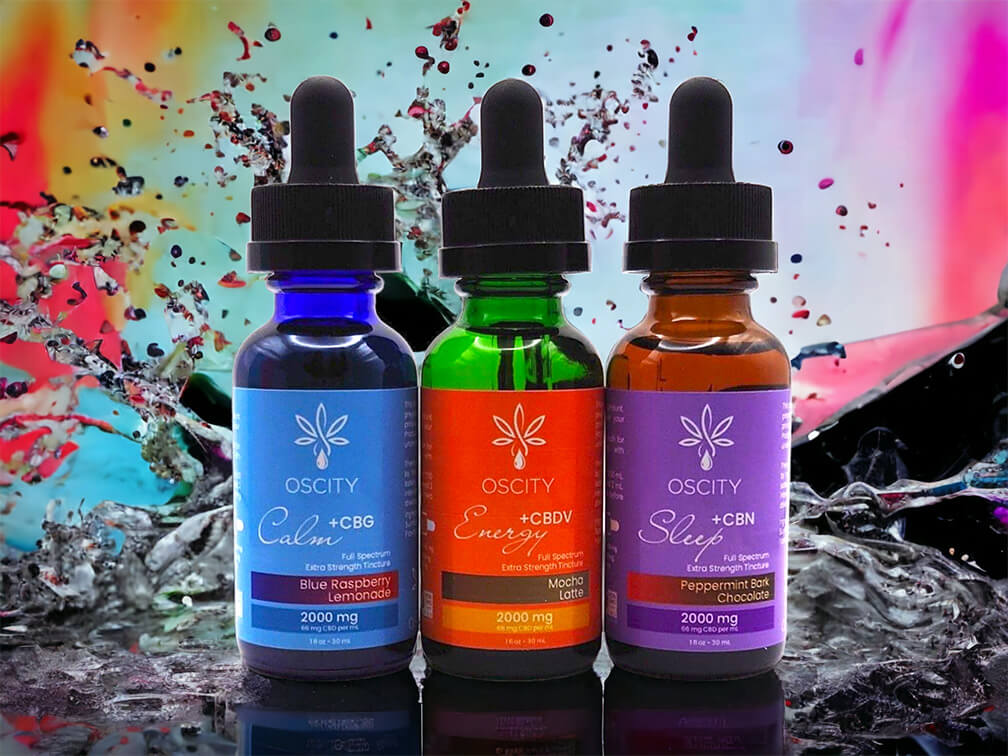Cannabigerol (CBG) is a type of cannabinoid obtained from the cannabis plant. It’s often referred to as the mother of all cannabinoids. This is because other cannabinoids are derived from cannabigerolic acid (CBGA), an acidic form of CBG.
Other more common cannabinoids obtained from cannabis plants include cannabidiol (CBD) and tetrahydrocannabinol (THC).
CBG is found in smaller quantities than other cannabinoids in cannabis plants. In most strains of the plant, only 1% of CBG can be found compared to 20 to 25% of CBD or 25 to 30% of THC.
CBG works by binding to both receptors where it's thought to strengthen the function of anandamide, a neurotransmitter that plays a role in enhancing pleasure and motivation, regulating appetite and sleep, and alleviating pain.
CBG is derived from young cannabis plants because they contain higher amounts of CBG than fully developed plants.
Some strains of cannabis like White CBG, Super Glue CBG, and Jack Frost CBG also have higher CBG content than other strains. These strains are specifically cultivated to produce higher quantities of CBG.

Both CBD and THC start as CBGA, an acidic form of CBG. This is why younger cannabis plants contain higher concentrations of CBG.
In fully developed plants with high concentrations of THC and CBD, you’ll find very low concentrations of CBG. This happens because most of the CBG has already been converted to CBD and THC as the plant developed.
Research has shown that CBG is effective in the treatment of a variety of symptoms and conditions. Examples of conditions for which CBG is particularly effective in providing symptom relief are listed below:
- Glaucoma
- Cancer
- Crohn’s Disease
- Irritable Bowel Syndrome
The Potential Medical Benefits of CBG
Our body contains two types of cannabinoid receptors—CB1 and CB2. CB1 receptors are found in the nervous system and brain, while CB2 receptors are located in the immune system and other areas of the body.
CBG works by binding to both receptors where it’s thought to strengthen the function of anandamide, a neurotransmitter that plays a role in enhancing pleasure and motivation, regulating appetite and sleep, and alleviating pain. Unlike THC, CBG has no psychotropic effects, so it will not give you a high.
Research has shown that CBGA can influence 5HT1A-receptors. This receptor is responsible for regulating serotonin levels. CBG can be a moderate block of the receptor, which can affect the serotonin signaling in the central nervous system.
In addition, CBG has been shown to be an adrenoceptor agonist. This helps it control the expression of noradrenaline and adrenaline in the central nervous system. Adrenaline and noradrenaline are major neurotransmitters in the sympathetic nervous system (SNS).




